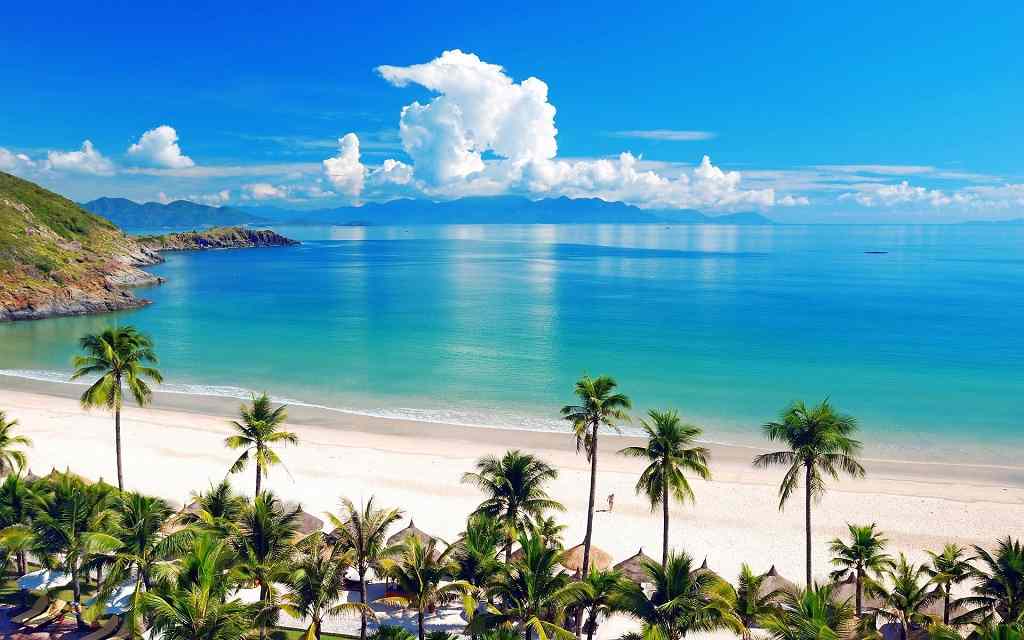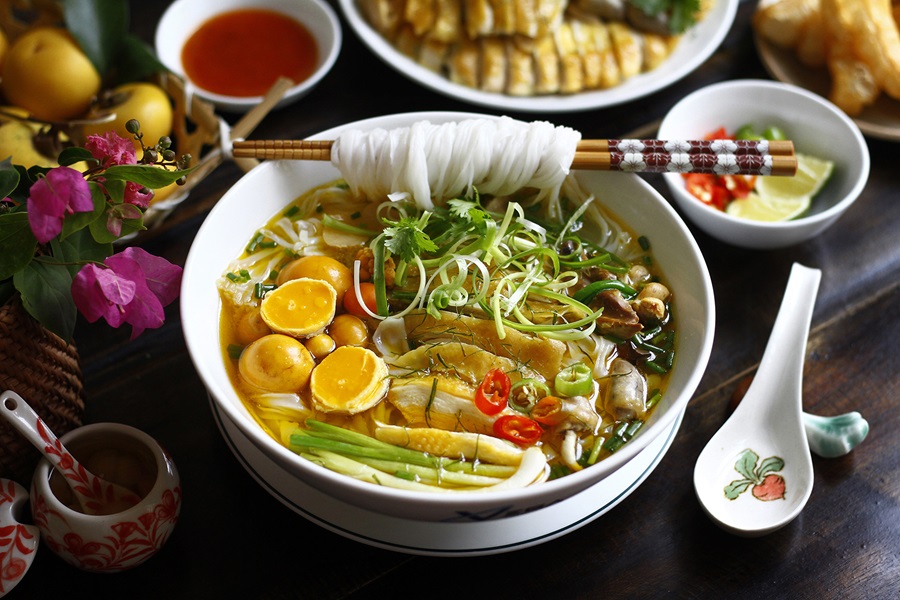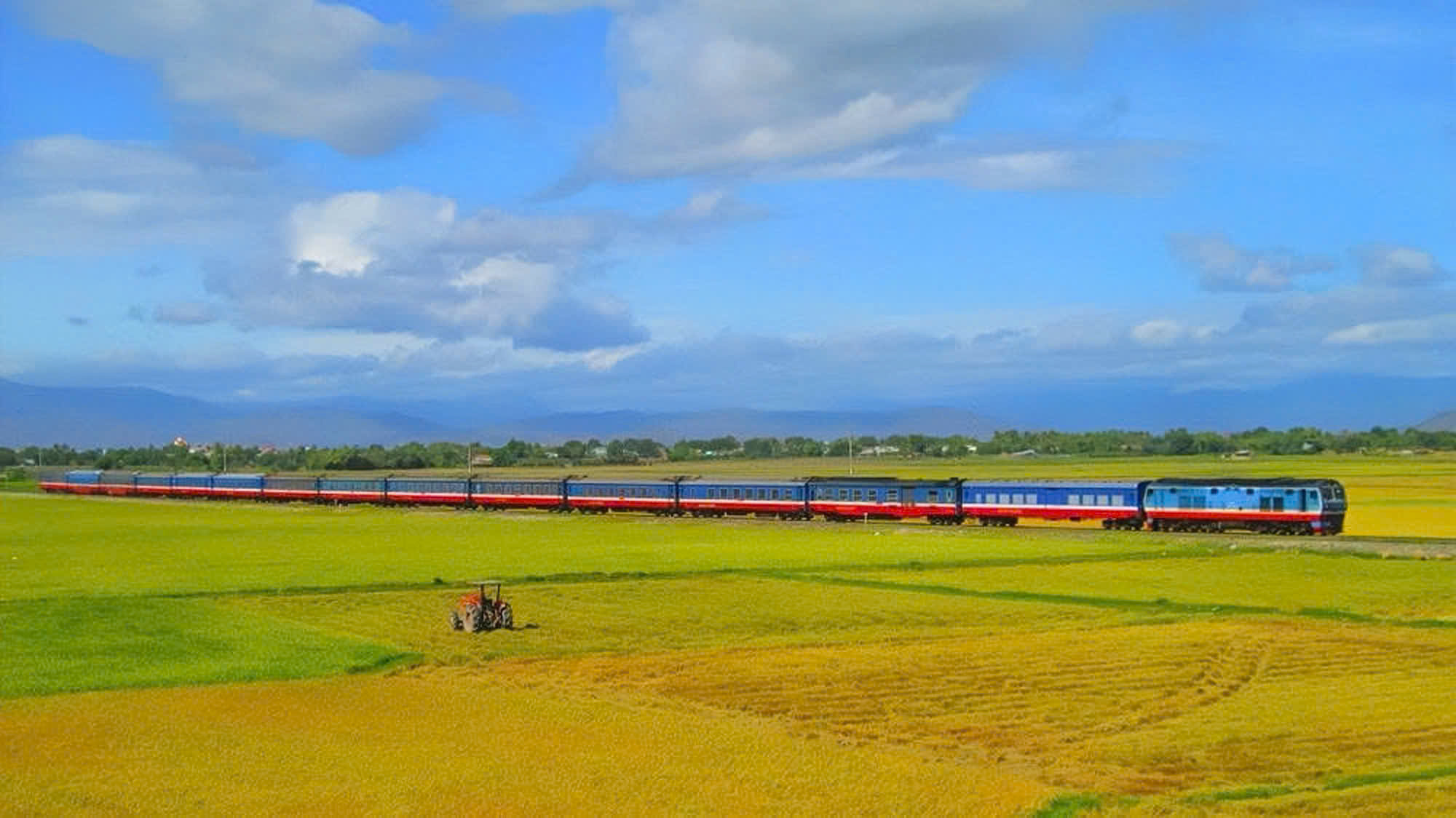MỤC LỤC NỘI DUNG
- 1 Vietnam’s Climate in a Nutshell
- 2 Northern Vietnam: Four Distinct Seasons and Scenic Highlands
- 3 Central Vietnam: Sunshine and Storms
- 4 Southern Vietnam: Sunshine All Year Round
- 5 How Cold Does It Get in Vietnam?
- 6 How Hot Does It Get in Vietnam?
- 7 Destinations You Can Visit Year-Round in Vietnam
- 8 Month-by-Month Travel Summary
- 9 Final Tips Before You Go
- 10 Plan Your Vietnam Adventure Today
Vietnam is a country of diverse landscapes—and just as varied climates. From misty mountains in the north to tropical beaches in the south, knowing when and where to go can make all the difference to your trip.
In this ultimate guide, PHM Travel will break down Vietnam’s climate by region and season, helping you choose the best time to visit—whether you’re into hiking, food tours, cultural discovery, or lazy beach days. Let us help you plan the perfect adventure, any time of year!
Vietnam’s Climate in a Nutshell
Vietnam stretches over 1,600 km from north to south, creating a dramatic range of weather conditions across the country. As a result, Vietnam is typically divided into three main climatic zones:
-
Northern Vietnam: including Hanoi, Sapa, and Ninh Binh
-
Central Vietnam: including Hue, Da Nang, and Hoi An
-
Southern Vietnam: including Ho Chi Minh City, the Mekong Delta, and Phu Quoc
Unlike Western countries that follow a traditional four-season cycle, Vietnam’s climate varies from tropical to subtropical, and is more commonly divided into wet and dry seasons depending on the region.
Northern Vietnam: Four Distinct Seasons and Scenic Highlands
Regions covered: Hanoi, Halong Bay, Ninh Binh, Sapa
Northern Vietnam is the only region in the country with all four seasons, offering a wide range of travel experiences throughout the year:
-
Winter (Dec–Feb): Cool to cold, especially in the highlands like Sapa. Average lows range from 10–15°C (50–59°F), often accompanied by misty mornings and occasional drizzle.
-
Spring (Mar–Apr): Mild and refreshing. The landscape bursts into bloom, making it ideal for photography, temple visits, and cultural treks.
-
Summer (May–Aug): Hot and humid, with temperatures reaching up to 35°C (95°F). Afternoon storms are common but short-lived.
-
Autumn (Sep–Nov): Widely regarded as the best time to visit. You’ll enjoy crisp air, blue skies, and golden rice terraces in Sapa.
Best months to travel: March–April and September–November
Top experiences:
-
Trek through the cool mountains of Sapa
-
Cruise through the emerald waters of Halong Bay
-
Discover the culture, cuisine, and charm of Hanoi’s Old Quarter

Central Vietnam: Sunshine and Storms
Regions covered: Hue, Da Nang, Hoi An, Nha Trang
Central Vietnam offers a mix of sunny beach days and tropical downpours, with a more pronounced seasonal contrast due to its geographic exposure to the East Sea.
-
Dry Season (Feb–Aug): This is the best time to enjoy long, sunny days—especially along the coastlines of Da Nang and Hoi An. Expect clear skies and perfect beach weather throughout the summer.
-
Rainy Season (Sep–Jan): Rainfall increases, particularly from September to November when typhoons are possible. Heavy rains can cause flooding and travel delays, especially in Hue and the ancient streets of Hoi An.
Best months to travel: February to early August
Top experiences:
-
Relax on the beaches of Da Nang and Nha Trang
-
Enjoy the colorful lantern festival in Hoi An
-
Explore the imperial architecture and history of Hue
Travel tip: If you’re planning to visit both the North and Central regions, April or May offers the most balanced weather across both.
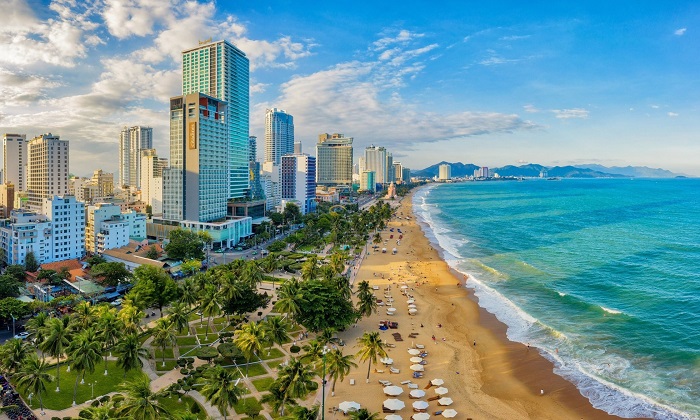
Southern Vietnam: Sunshine All Year Round
Regions covered: Ho Chi Minh City (Saigon), Mekong Delta, Phu Quoc
Southern Vietnam enjoys a tropical climate with warm temperatures and sunshine throughout the year. Unlike the north and central regions, it doesn’t experience a cold season—only a shift between dry and wet periods.
-
Dry Season (Nov–Apr): Expect blue skies, low humidity, and daytime temperatures ranging from 28–33°C. This is the most pleasant time for sightseeing and outdoor adventures.
-
Wet Season (May–Oct): While afternoon showers are common, they tend to be short and refreshing. It’s still a good time to travel, especially for those who prefer fewer tourists and lush landscapes.
Best months to travel: December to March
Top experiences:
-
Visit floating markets in the Mekong Delta
-
Enjoy beach days and island-hopping in Phu Quoc
-
Explore street food alleys and cultural landmarks in Ho Chi Minh City
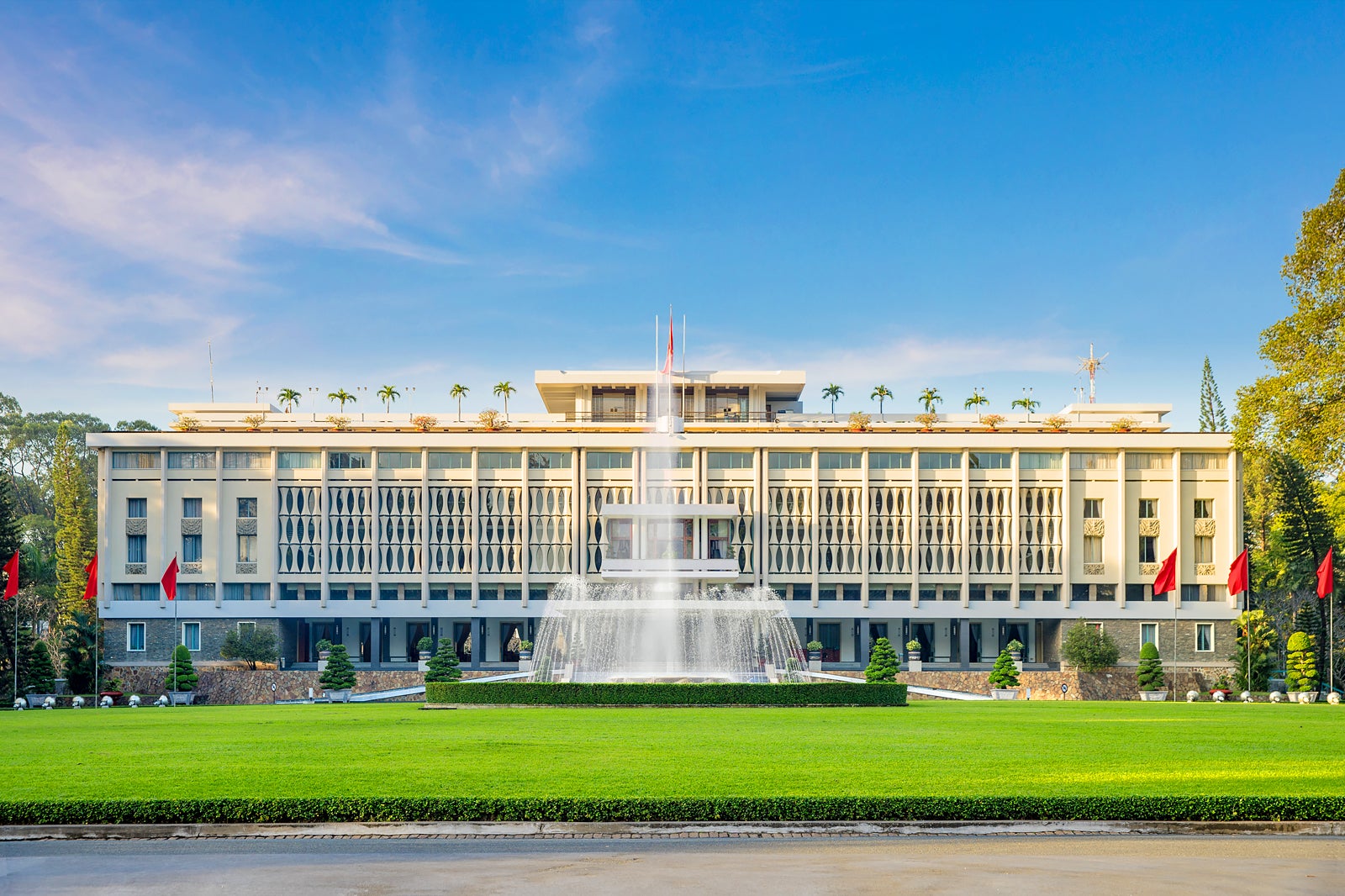
How Cold Does It Get in Vietnam?
In Northern and Central Vietnam, winter temperatures (December to February) can drop to around 10°C (50°F), particularly during early mornings and late evenings.
The coldest areas include Sapa, Ha Giang, and the Hoang Lien Son mountain range, where temperatures occasionally fall below 0°C (32°F), especially at higher elevations.
By contrast, Southern Vietnam maintains a warm, tropical climate year-round, with temperatures rarely dipping below 20°C (68°F)—even in the coolest months.
Packing tip: If you’re heading to the north during winter—especially mountainous regions—be sure to bring warm layers and a proper jacket.

How Hot Does It Get in Vietnam?
Summer temperatures across Vietnam often range from 30–35°C (86–95°F), making it one of the hottest times of the year, especially between May and August.
In some areas—particularly in Central Vietnam like Quang Binh or Hue—temperatures can peak at 40°C (104°F) during dry heatwaves.
Meanwhile, Southern Vietnam maintains a consistently hot and humid climate, with daytime temperatures typically ranging from 32–35°C, regardless of the season.
Travel tip: To stay comfortable, plan your outdoor activities early in the morning or late in the afternoon, and make sure to stay well hydrated.
Destinations You Can Visit Year-Round in Vietnam
While some parts of Vietnam are better suited to specific seasons, several destinations remain attractive no matter what time of year you visit. Here are five places where the weather and travel experience are generally favorable year-round:
Ho Chi Minh City
The country’s largest metropolis enjoys consistently warm and sunny weather throughout the year. With minimal seasonal variation, it’s ideal for urban exploration, shopping, and culinary adventures any month you choose.
Phu Quoc Island
This tropical island off Vietnam’s southwest coast offers calm seas and sunshine, particularly from November to April, during its dry season. However, even during the wet season, rains often come in short bursts, leaving plenty of time to enjoy the beaches and resorts.
Da Nang and Nha Trang
These two coastal cities boast excellent beach weather for most of the year, especially between February and August. Though occasional rain may fall in autumn, it rarely lasts long enough to disrupt a seaside vacation.
Hanoi
While Northern Vietnam has distinct seasons, Hanoi remains worth visiting year-round. In winter, the city offers a romantic, misty charm and comforting street food, while spring and autumn bring ideal weather for sightseeing and cultural experiences.
Mekong Delta
Thanks to its flat terrain and consistent warmth, the Mekong Delta is accessible even during the rainy season. River cruises, floating markets, and cultural excursions continue with little interruption, as rain usually falls in short, predictable bursts.
Pro tip: Avoid Central Vietnam’s stormy period (Sep–Nov) if planning coastal activities.
Month-by-Month Travel Summary
| Month | North Vietnam | Central Vietnam | South Vietnam | Travel Highlights |
|---|---|---|---|---|
| Jan | Cold & dry | Rainy, some sun | Sunny & cool | Tet Festival (Late Jan or Feb) |
| Feb | Cool & blossoming | Dry & warm | Sunny | Spring flowers, pagoda visits |
| Mar | Pleasant | Dry & warm | Sunny | Great for all regions |
| Apr | Warm | Hot & sunny | Dry | Best multi-region month |
| May | Hot & humid | Start of rainy season | Showers | Green rice paddies, beach |
| Jun | Stormy | Sunny to stormy | Rainy afternoons | Summer beach season |
| Jul | Hot, possible typhoons | Rainy | Rainy | Sapa trekking, indoor attractions |
| Aug | Humid & stormy | Typhoons possible | Rainy | Less crowded |
| Sep | Cool & clear | Rainy | End of rains | Rice harvest in North |
| Oct | Cool & dry | Stormy (risk of floods) | Sunny | Ideal for the South |
| Nov | Cool breeze | Dry returns | Perfect weather | Hiking and outdoor markets |
| Dec | Crisp & dry | Cooler & dry | Peak season | Holiday vibe, island escape |
Final Tips Before You Go
-
Always check the regional weather before booking—Vietnam’s climate varies widely from north to south, even within the same month.
-
Be flexible if you’re traveling during typhoon season (September to November), particularly in Central Vietnam, where storms can affect coastal travel plans.
-
For those who enjoy cooler air and fewer crowds, late autumn in the North offers some of the most beautiful and peaceful travel experiences in the country.
Plan Your Vietnam Adventure Today
Whether you’re dreaming of cruising through emerald bays, hiking in misty highlands, or sipping cocktails on sunlit beaches, Vietnam welcomes travelers in every season. You just need to know where—and when—to go.
Need help planning your trip? Contact PHM Travel for customized itineraries, local insights, and seamless travel experiences. Let us help you turn your Vietnam dream into reality.


 Tiếng Việt
Tiếng Việt
